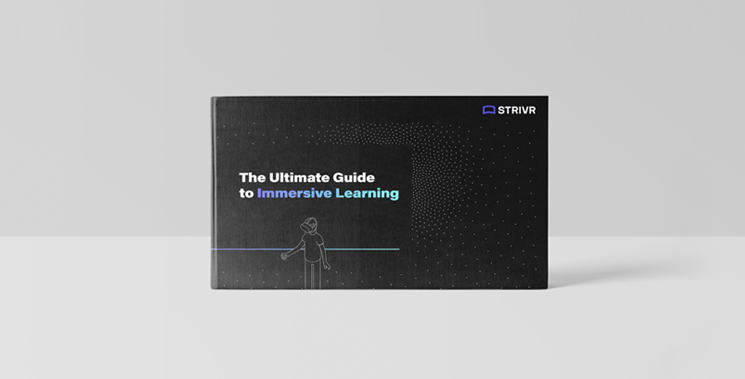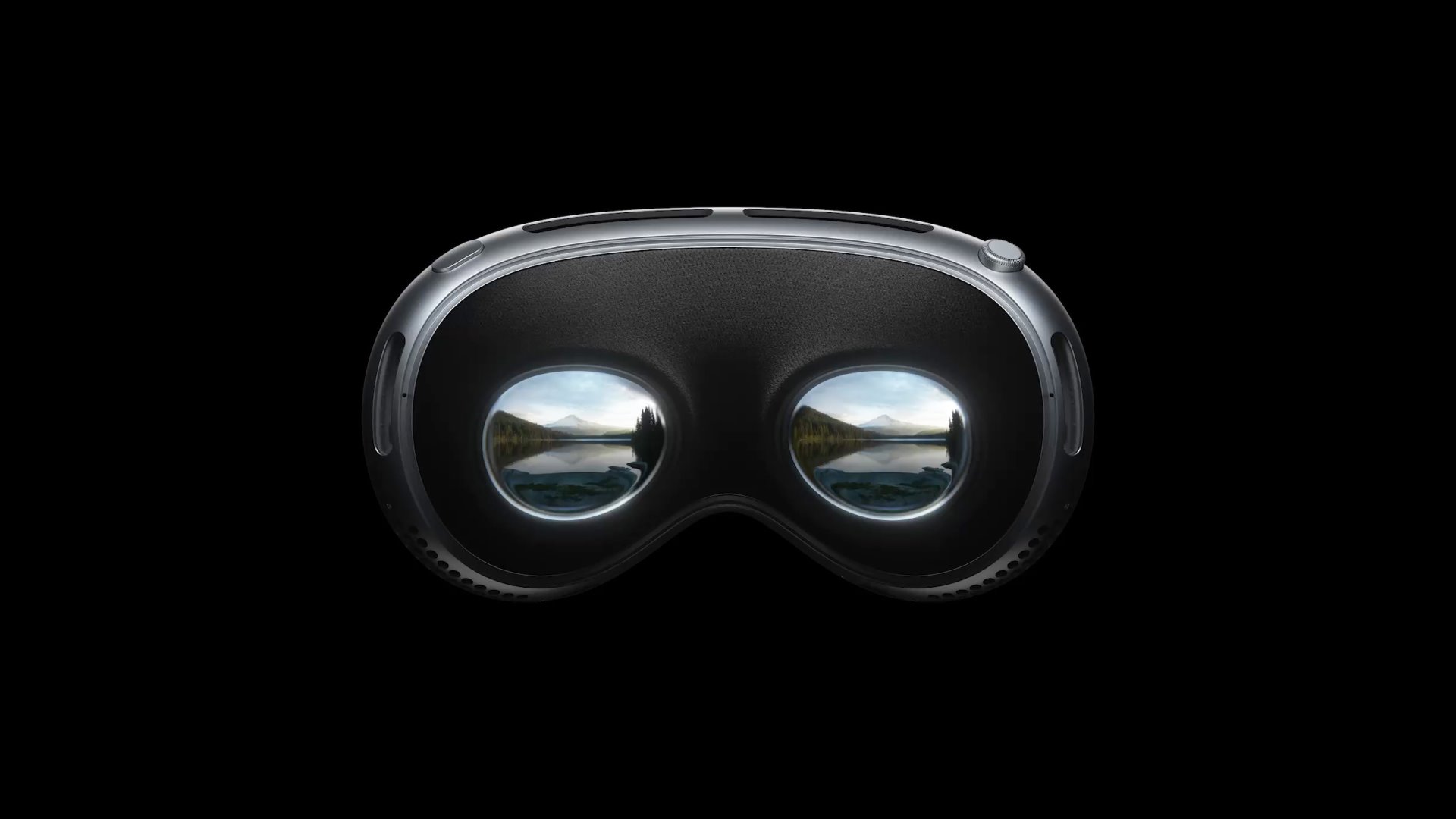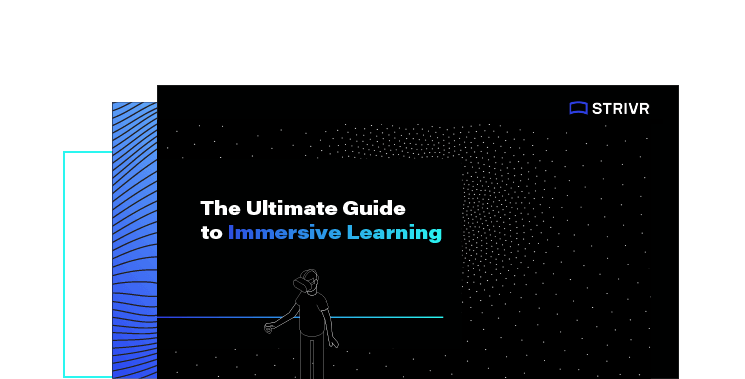Learning & Development is poised for serious transformation. Heading into this new decade, the learner experience will drastically evolve, and both employees and organizations will benefit immensely from this change.
With this in mind, we sat down with Josh Bersin, founder of Bersin by Deloitte and global HR analyst, and inquired about his 2020 predictions for L&D.
Below are his insights about how learning will transform in the year ahead.
01
Learning will stand out as a C-level issue.
Learning isn’t just about making people better at their current jobs. It is a strategic discussion that must incorporate overall business objectives and employee growth and retention. Business leaders around the world want to assess the skills of their workforce, identify the gaps, and find creative ways to generate value and differentiation from their people. This means helping them adapt as roles and responsibilities change within the organization.
The traditional L&D approach was to throw a bunch of courses out there and hope employees would retain at least some of the information. The new way is to thoughtfully lay out the capabilities needed to be successful in a given job, and offer precise learning experiences to get people there – known as a “Capability Academy.”
After all, people performance is the #1 contributor to company performance.
02
L&D success will come with an integrated roadmap for learning technology.
With more and more new technology entering the L&D space, business leaders can feel at the mercy of choice. The abundance of possibility brings the potential of overwhelm, and a risk that L&D leaders will lack an overarching architectural view of all the tech they buy.
Smart L&D leaders will look to prioritize learning platforms that train a wide variety of skills. No one solution will work. In the age of data-driven insights, this integrated roadmap for learning tech will be critical for helping leaders review their employees’ skills, including skills gaps and progress towards training new skills.
This way, L&D organizations can actually demonstrate the tangible impact that technology purchases have on learners and the business.
03
The “new” technologies of L&D will make a mainstream impact.
Learning tools and methodologies that used to seem experimental are quickly becoming mainstream, thanks to a growing number of successful implementations and proof points. The market for learning experience platforms (LXPs), for instance, is growing at a rate of over 50% per year, with vendors getting bigger and products more robust.
Micro-learning — a “bite-sized” approach to learning in small increments or units — is also gaining traction. With the aid of technology that can crawl through immense troves of content and extract relevant information, it’s now possible to create more consumable instructional content that’s accessible to the learner in the moment they need to learn.
And VR-based training is already well integrated into the Fortune 500. This approach, known as Immersive Learning, requires specialized resources for instructional and content design, but offers a rich data set beyond traditional learning approaches. Companies from Walmart to JetBlue to Verizon are using Immersive Learning for dozens of training objectives and seeing measurable impact.

04
Learner experience will overcome quality of learning in importance.
The biggest challenge we have in learning is time: people are just too busy. So we have to create learning experiences that are compelling, time-worthy, and memorable.
People today are busier than ever before, so rather than flood them with learning content in different formats, L&D must deliver an engaging, interesting, and high-quality experience that fits in the flow of work.


L&D should think holistically about the learning experience that their associates are having and identify key moments where they can deliver that “wow” factor, without compromising the objectives of the training.
05
L&D must focus on developing “T-shaped” employees.
The workforce can view automation as a looming threat or the promise of a better way of working. To benefit from automation, today’s employees are well-served to have broader cross-functional skills that transcend what can be automated and that complement the deep knowledge needed for their particular role.
This is called a T-shaped employee: a person with deep expertise in one area as well as broad knowledge and skills.
Smart organizations will use their L&D efforts to cultivate employees who have uniquely human skills, in particular valuable soft skills. These are the “power” skills of the future that influence the success of people, teams, and businesses.
The impact of these five learning trends is a total transformation of the learner experience. L&D has the opportunity to meet the high expectations of today’s learners and directly influence engagement scores, workplace sentiment, customer experience, and business performance. This impact on the overall success of the business will be clearer and more measurable than ever before, making it an exciting and enriching time to be in the learning space.






